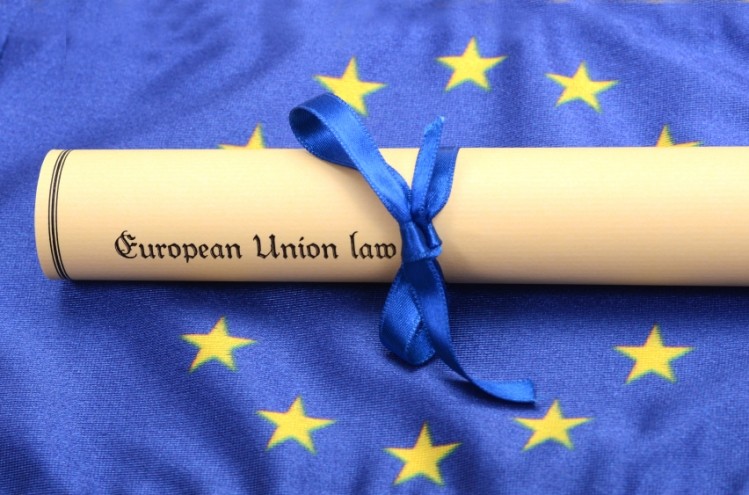UPDATED: DSM contests EFSA findings on phytase additive

“DSM is somewhat surprised that two digestibility trials, recognized as valid by EFSA in 2009 and which allowed Ronozyme NP to be authorized like many other phytases, were last week completely rejected as evidence of efficacy,” a spokesperson for the Dutch additives producer told FeedNavigator.
The additive in question, Ronozyme NP, is a preparation of 6-phytase produced by a genetically modified strain of Aspergillus oryzae.
It is authorized in the EU as a feed additive for poultry, weaned piglets, pigs for fattening and sows.
The authorization of the additive for use in pigs for fattening is at a minimum dose of 1,500 FYT/kg feed but DSM had requested that the minimum recommended dose for that swine category be lowered from 1,500 to 1,000 FYT/kg feed
DSM submitted three trials carried out with growing pigs to the European Food Safety Authority (EFSA), in order to support efficacy at the new recommended dose.
“In all the trials faecal apparent digestibility of phosphorus was measured, retention was measured only in one trial. The demonstration of efficacy for a phytase requires three studies showing positive and significant effects on the retention of phosphorus. In the trials submitted, the phosphorus retention was studied only in one trial; consequently the efficacy at the newly recommended dose was not demonstrated,” according to the opinion published on 10 February by EFSA’s Panel on Additives and Products or Substances used in Animal Feed (FEEDAP).
Phosphorus retention
Commenting on the EFSA findings, the DSM spokesperson said:
“In a guidance document published in 2012, EFSA imposed the measurement of phosphorus retention for the evaluation of efficacy of phytase.
“From a regulatory point of view, we have doubts that this endpoint properly reflects the function for which the additive is seeking authorization (digestibility enhancer), i.e. the improved P digestibility from Phytate P by a phytase
“From a scientific perspective, the retention of phosphorus is correlated to P digestibility.However the P retention is also influenced by physiological factors and diet composition, which are independent from the phytase efficacy. For example, EFSA still accepts the digestibility trials in sows.”
The DSM representative said as EFSA has committed to increased transparency and engagement with stakeholders in its 2016 strategy, the company hopes this matter can be discussed in the near future: “This would improve the predictability of the authorization process for our regulated products and support the growth and competitiveness of European agriculture.”
In the meantime, said the DSM spokesperson, the final decision to lower the minimum dose of Ronozyme NP in pigs (or not) is in the hands of the European Commission and the 28 EU member states. They “shall decide, based on the EFSA opinion, while also considering the need of European feed producers to have more flexible dosing options for RONOZYME NP according to the P requirements of their growing/finishing swine and their diet composition.”
Fish additive findings
In a subsequent opinion, released yesterday, EFSA’s FEEDAP Panel said studies provided by DSM on its 6-phytase product, Ronozyme HiPhos, did not support the company's application for use of the additive in fish feed in terms of efficacy.
“Five short-term trials were submitted to support the efficacy in fish; however, none of the studies provided evidence on the partial or total retention of phosphorus and, consequently, the Panel could not conclude on the efficacy of Ronozyme HiPhos as a feed additive for fish,” found the EFSA scientists.
DSM said as EFSA did not publish the fish digestibility trial results supplied in the dossier on Ronozyme HiPhos it wants to make such information available and, thus, it has supplied us with a brief summary of those trial results. See below:
EFFICACY STUDIES IN FISH
Trial | Species | P digestibility | Significance | |
Negative control | 500 FYT/kg feed | |||
France, 2010 | Trout | 26,07 | 40,88 | P ≤ 0.05 |
Finland, 2011 | Trout | 49,3 | 60,2 | P ≤ 0.05 |
France, 2013 | Trout | 12,49 | 24,93 | P ≤ 0.05 |
Portugal, 2010 | Tilapia | 36,6 | 50,4 | P ≤ 0.05 |
Portugal, 2013 | Gilthead seabream | 33,0 | 49,6 | P ≤ 0.05 |












